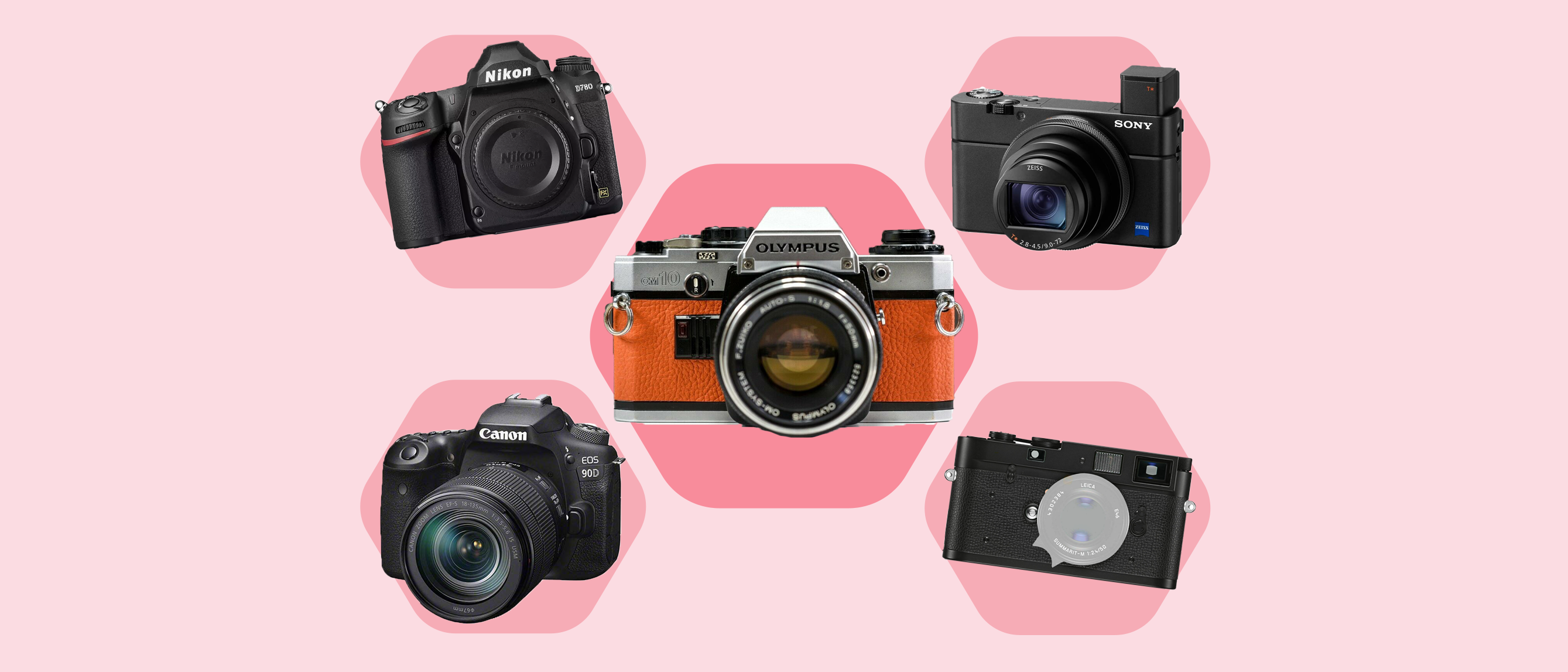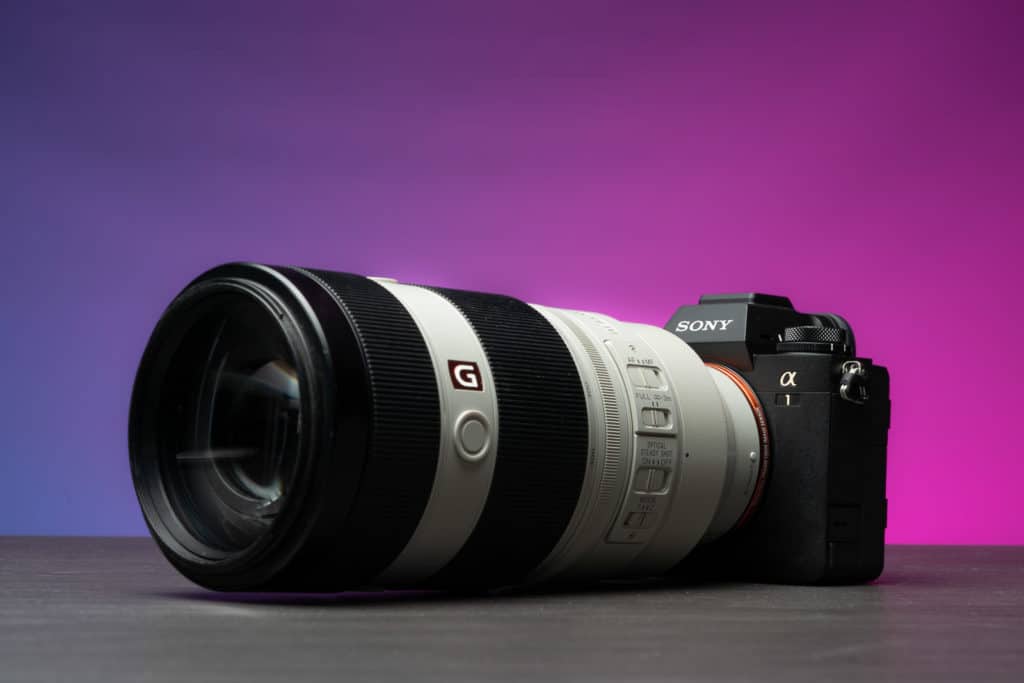Choose a lens for a mirrorless camera based on your photography needs and compatibility with your camera body. Consider factors like focal length, aperture, size, weight, and image stabilization.
Selecting the perfect lens for a mirrorless camera transforms your photography experience. With multiple options available, prioritize lenses that match your camera’s mount and sensor size to ensure seamless functionality. Understanding the types of photography you plan to pursue helps narrow down choices; for instance, wide-angle lenses excel in landscapes, while telephoto lenses suit wildlife photography.
A fast aperture is crucial for low-light conditions and creating a shallow depth of field. Compactness and weight are significant for travel photographers, demanding portability without compromising on image quality. Features like image stabilization and autofocus speed may also sway your decision. Remember, the right lens empowers you to capture compelling images with your mirrorless camera.

Credit: www.dailymail.co.uk
Deciphering Mirrorless Camera Lenses
Understanding mirrorless camera lenses unlocks the full potential of photography. Choices can feel overwhelming. This guide simplifies the process.
Know Your Camera’s Mount
Each camera brand has its unique mount. Lenses must match this connect point. Check your camera specifications for mount details. Compatibility is key.
| Camera Brand | Mount Type |
|---|---|
| Sony | E-mount |
| Fujifilm | X-mount |
| Canon | RF-mount |
| Nikon | Z-mount |
Sensor Size And Crop Factor
Understanding sensor size impacts lens selection. Larger sensors need bigger lenses. Crop factor affects the actual image size.
- Full-frame sensors provide wide views.
- APS-C sensors are common in midrange cameras.
- Micro Four Thirds double the crop factor.
Select lenses designed for your camera’s sensor size. Crop factors influence focal length and field of view.

Credit: briansmith.com
Key Lens Specifications
Choosing the right lens for your mirrorless camera can make a huge difference in the quality of your photos. Understand key lens specs like focal length and aperture before buying. These specs determine not just the angle of view, but also how much light reaches the camera’s sensor. Let’s dive into what each of these critical terms means for your photography.
Focal Length Explained
Focal length, measured in millimeters, tells you how zoomed in your photos will appear. It defines the angle of view – how much of the scene will be captured – and influences the perception of depth in your images.
- Wide-angle lenses (<35mm): Capture more of the scene, great for landscapes.
- Standard lenses (around 50mm): Mimic the human eye’s perspective.
- Telephoto lenses (>60mm): Zoom in on distant subjects like wildlife.
Aperture’s Role In Photography
The aperture affects exposure and depth of field. Represented by f-numbers such as f/1.4, a lower number means a wider aperture, allowing more light in. This achieves a shallow depth of field, blurring the background while the subject remains sharp.
| Aperture Value | Light Intake | Depth of Field |
|---|---|---|
| f/1.4 | Very High | Very Shallow |
| f/2.8 | High | Shallow |
| f/8 | Moderate | Moderate |
| f/16 | Low | Deep |
Lens Types And Their Uses
Choosing the right lens for your mirrorless camera is vital. Think of it as picking a new set of eyes. Various lens types offer different views of the world. Let’s explore the lens types and their uses to find the perfect match for your photography needs.
Prime Vs Zoom Lenses
Prime lenses have a fixed focal length. They’re known for sharpness and a larger maximum aperture. This lets more light in. It’s great for low light shooting and beautiful background blur.
- Zoom lenses cover a range of focal lengths.
- They are versatile, perfect for different scenes without changing lenses.
- Their variable focal length allows for easy composition adjustments.
Depending on your photography style, prime lenses might appeal for their quality, while zoom lenses offer flexibility.
Wide-angle To Telephoto: A Spectrum
From wide-angle to telephoto, lenses cover a broad spectrum. Each serves a unique purpose.
| Type | Use |
|---|---|
| Wide-Angle | Capture expansive scenes, landscapes, and interiors. |
| Standard | Match the human eye’s perspective, great for everyday photography. |
| Telephoto | Zoom in on distant subjects, ideal for sports and wildlife. |
Selecting between wide-angle and telephoto depends on your subject. Wide-angles embrace the scene; telephotos get close to the action.
Factors Influencing Lens Selection
Choosing the right lens for a mirrorless camera is crucial. It affects your photography’s quality, flexibility, and style. Multiple factors play a role in selecting the perfect lens. Understand these, and you’ll capture images that truly resonate.
Photographic Style And Subject
Your unique photographic style and subject matter dictate the lens you need. Consider the following:
- Wide-angle lenses: Ideal for landscapes and architecture.
- Telephoto lenses: Perfect for wildlife and sports photography.
- Prime lenses: Have a fixed focal length, providing high-quality images.
- Macro lenses: Allow close-up shots with fine detail.
Match the lens to your main subjects to bring your vision to life.
Image Stabilization Considerations
Image stabilization (IS) is key for sharp images. It allows for slower shutter speeds without the blur.
| Lens Type | IS Benefit |
|---|---|
| Telephoto | IS compensates for hand shake. |
| Video-capturing | IS keeps footage steady. |
| Low-light shooting | IS allows for longer exposure without a tripod. |
Consider a lens with built-in IS if your mirrorless camera lacks in-body stabilization.
Budget And Brand Compatibility
Choosing the right lens for your mirrorless camera involves balancing your budget with brand compatibility. Lens selection can dramatically improve your photography. But it also requires considering the cost and the connection with your camera brand.
Cost Versus Quality Trade-off
Finding the middle ground between price and lens performance is crucial. Lenses can range from affordable to high-end exclusive models. High-quality lenses offer sharper images and superior performance in low light. They often have better build quality and durability. Yet, not everyone needs a professional-grade lens. Analyze your photography needs. Decide on the features you cannot compromise. Always look for the best quality within your set budget.
Staying Brand Consistent Or Going Third-party
Most mirrorless cameras have compatible lenses produced both by the camera manufacturer and third-party companies. Brand lenses ensure seamless compatibility and performance. They are designed specifically for your camera. Third-party lenses can offer similar quality at a more affordable price, but research is key. Compatibility might sometimes be an issue.
When considering third-party options, check for reviews and read user experiences. Ensure the lens performs well with your camera model. Reputable third-party brands may offer the quality and savings you need.
| Aspect | Brand Lenses | Third-Party Lenses |
|---|---|---|
| Compatibility | Guaranteed with your camera | May require additional research |
| Cost | Higher, but with assurance of quality | More budget-friendly with good options |
| Quality | Consistently high | Varies, some match brand quality |
- Establish a budget for your lenses
- Assess your photography style and identify necessary lens features
- Read user reviews on third-party lenses
- Verify the third-party lens compatibility with your camera
Maintenance And Upkeep
Picking the right lens for your mirrorless camera is only the first step. Keeping it in top shape is crucial. Proper maintenance ensures your lens works well for years. Below you’ll find expert tips for protecting and cleaning your lens.
Protective Gear For Your Lens
Your lens is an investment. Shield it from harm with the right gear. Protective gear extends your lens’s life and maintains image quality.
- Lens caps protect the glass from scratches.
- UV filters safeguard against dirt and sunlight damage.
- Carrying cases cushion your lenses from shocks and falls.
Regular Cleaning Routine
Spotless lenses mean clearer photos. Establish a cleaning routine to remove dust and fingerprints. Regular cleaning preserves your lens and ensures it performs best. Keep these cleaning tools on hand:
- Lens brush to sweep away dust without scratching.
- Microfiber cloths to wipe off smudges gently.
- Lens cleaning solution to tackle tougher stains.
Remember to be gentle and patient during cleaning. Rushing can cause more harm than good.

Credit: www.colbybrownphotography.com
Frequently Asked Questions For How To Choose Lens For Mirrorless Camera?
What Lenses Should I Get For My Mirrorless Camera?
Choose lenses based on your photography style; wide-angle for landscapes, telephoto for sports, prime for portraits, and macro for close-ups. Ensure compatibility with your camera’s mount and sensor size.
Do I Need New Lenses For A Mirrorless Camera?
Mirrorless cameras often require specific lenses, but some can use DSLR lenses with an adapter. Check compatibility before purchasing.
How Do I Know What Camera Lens To Use?
Consider your subject and desired effect when choosing a camera lens. Wide-angle lenses are perfect for landscapes, while telephoto lenses suit distant subjects. For portraits, opt for prime lenses with larger apertures for blurred backgrounds. Always match the lens with your camera’s sensor size.
Can I Use My Dslr Lens On Mirrorless Camera?
Yes, you can use DSLR lenses on mirrorless cameras with a compatible adaptor. Be sure to check lens and camera mount compatibility before purchasing an adaptor.
Conclusion
Selecting the right lens for your mirrorless camera significantly elevates your photography game. Prioritize focal length and aperture based on your shooting style. Remember, investment in a quality lens pays dividends in stunning images. Embrace your creativity and let your lens choice reflect your vision.
Happy shooting!


